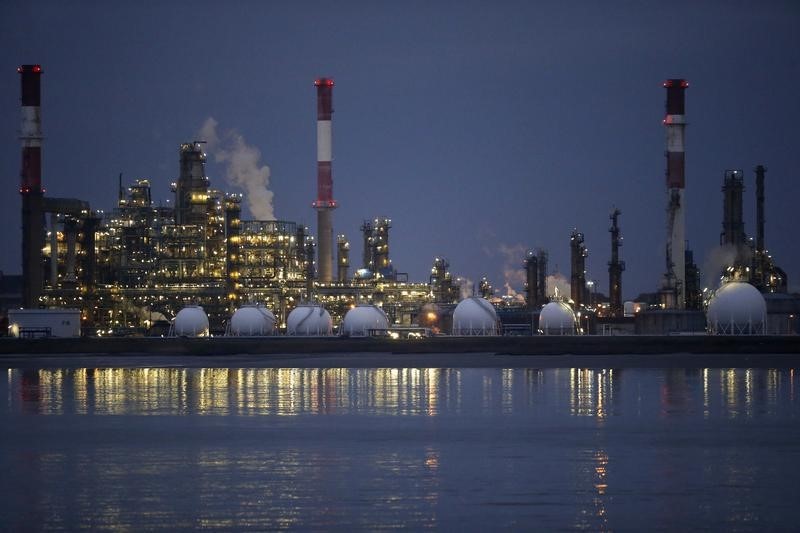Investing.com - Oil prices edged higher Wednesday, bouncing after two days of losses, as worries about as the potential for the disruption of supplies from the oil-rich Middle East overshadowed signs of a potential build in U.S. inventories and hotter than expected U.S. inflation.
At 10:10 ET (14:10 GMT), Brent oil futures expiring in June rose 0.2% to $89.61 a barrel, while West Texas Intermediate crude futures rose 0.2% to $85.35.
U.S. inflation rises more than expected
Data released earlier Wednesday showed that headline U.S. consumer price growth accelerated in March, raising doubts that the Federal Reserve will start cutting interest rates anytime soon.
The annualized reading of the closely-watched consumer price index increased by 3.5% last month, above the pace of 3.2% notched in February, and more than the 3.4% expected.
This release could prompt the U.S. central bank to keep interest rates at an elevated level for longer than originally expected, potentially weighing on economic activity in the world's largest economy and largest consumer of crude.
That said, it also indicated that the U.S. economy is showing a fair degree of resilience at the moment.
Middle East tensions remain elevated
Still, the crude market remains supported by heightened tensions in the Middle East, with ceasefire talks between Hamas and Israel showing few signs of succeeding.
If the conflict continues, it risks the involvement of other countries in the region, particularly Iran, the third-largest producer in the Organization of the Petroleum Exporting Countries, which has been backing the militant group Hamas.
The commander of the Revolutionary Guard's navy in Iran said it could close the Strait of Hormuz if deemed necessary - potentially closing the daily passage for about a fifth of the volume of the world's total oil consumption.
US inventories see bigger-than-expected build- API
Data from the American Petroleum Institute showed on Tuesday that U.S. crude inventories grew a bigger-than-expected 3 million barrels in the week to April 5.
The reading suggested that supplies in the world’s largest fuel consumer were possibly not as tight as markets were hoping for, especially amid record-high production.
But a sustained draw in gasoline inventories showed fuel demand remained robust.
The official inventory data, from the U.S. Energy Information Administration, is due later on Wednesday.
The U.S. Energy Information Administration hiked its outlook for U.S. oil production this year - a trend that could potentially herald less tight supplies.
But the EIA also said it expects Brent to average $88.55 a barrel in 2024, up from a prior forecast of $87 a barrel.
(Ambar Warrick contributed to this article.)
